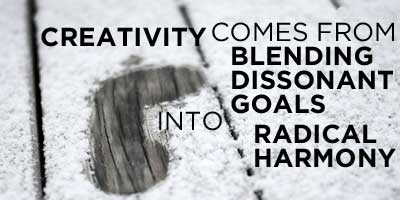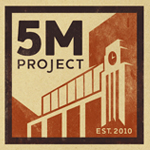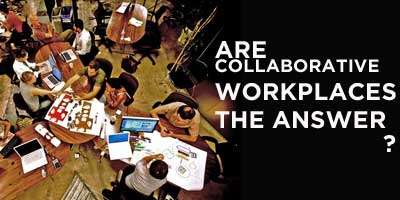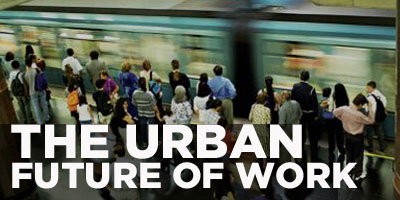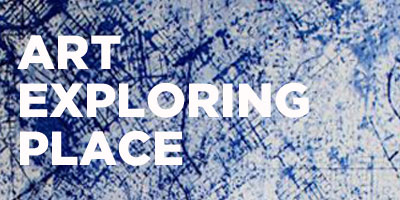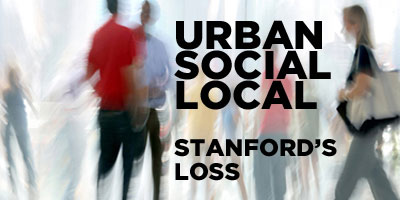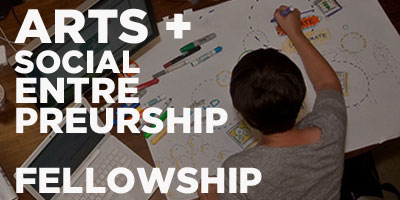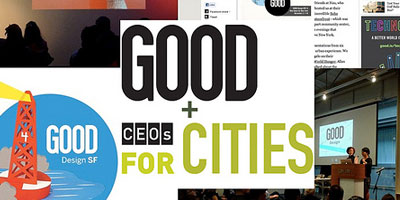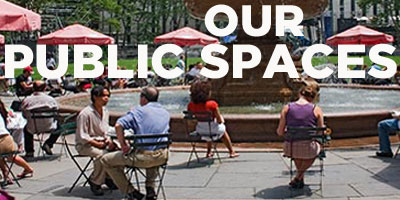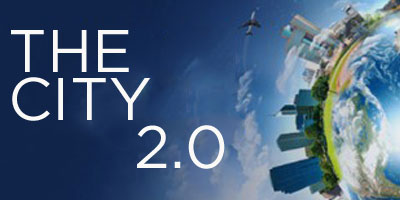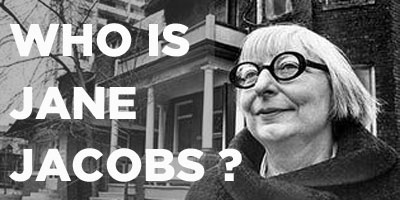-
Interested in having an event at 5M?
Read the Event Inquiry Guidelines (pdf) and fill out an Event Inquiry Form (.docx).
The 5M Project also provides a suggested list of local businesses for event services, from catering to lighting and everything in between.
-
CO.DESIGN | Frog’s Sergio Fabio doesn’t think there is an archetype for the people or processes that foster innovative thinking, or even what type of physical working environment can best support a creative culture. There’s no real formula for innovation in he admits. But there are some common threads…
More+
THE ATLANTIC CITIES | Collaborative workspaces are all the rage - but are they the answer? Allison Arieff listens to what people are talking about now.
More+
SPUR (San Francisco Planning + Urban Research Association) | In their latest report, “The Urban Future Of Work: How denser, more urban workplaces will strengthen the Bay Area’s economic competitiveness,” SPUR makes the case for the strong link between density and job growth. They’re recommending 20 strategies for increasing density, strengthening the regional economy and promoting job growth. “As our economy changes,’ they encourage us,”the emerging story is also a positive one.”
More+
INTERSECTION FOR THE ARTS | “Every generation or so, a new key idea (and buzzword) grips the imagination of an entire population of creatives,” Intersection for the Arts explains. In this recent post, they share how the new millennium has arts leaders deeply re-thinking location, both physical and virtual; as a vehicle equally for commerce and culture; in terms of architecture as well as inhabitants.
More+
FAST COMPANY | With Stanford University withdrawing it’s bid to establish a top-tier engineering school in NYC - is it New York that’s losing out in the innovation race?… or is it Stanford?… This article in Fast Company explains that New York City is in need of a design school, the likes of Stanford’s d.school, but it’s Stanford that needs a city the likes of New York even more. With the focus of innovation shifting away from building better technology to creating better user experiences, engineers need to think more like anthropologists and artists - and look to the places where culture is constantly being defined - in cities.
More+
INTERSECTION + HUB | Intersection for the Arts and the Hub announce the Arts and Social Entrepreneurship Fellowship Program! The mission of this Fellowship is to bring to life a bold, interactive gathering that intersects artists, social change agents, and social entrepreneurs. It’s an opportunity for inaugural fellows to utilize the physical space, unique networks, and resources that exist between the Hub and Intersection to create and implement a highly distinctive series of events and activities that bring together some of the greatest thinkers and doers in the San Francisco Bay Area. They’re currently accepting applications…
More+
GOOD MAGAZINE | GOOD and CEOs for Cities will be collaborating on GOOD Ideas for Cities, funded in part through a grant from ArtPlace, a new nationwide initiative to drive urban revitalization through the arts. GOOD Ideas for Cities aims to advance the role that creative problem-solving and civic engagement play in building great communities.
More+
NEW YORK TIMES | What purpose do our parks, plazas, and what is more broadly called the public realm serve for our cities? Take a stroll through New York with Mr. Garvin and as he says, “learn from, this…”
More+
TED | Every year TED grants a prize to an individual whose ideas have the capacity to change the world. This year however, the TED Prize is not awarding a person, rather an idea - City 2.0. The City 2.0 is not a sterile utopian dream, but a real-world upgrade tapping into humanity’s collective wisdom… and they’re making it a collective process….
More+
5M | Who is Jane Jacobs? This November marked the 50th anniversary of the publication of Jane Jacobs’ seminal work, The Death and Life of Great American Cities. In this book, Jacob’s describes the essential qualities make a city come alive - from more evident effects of mixed uses and density of activity, to the indirect influences of the use of sidewalks, the scale of blocks, repurposing of old buildings, and the idea of “eyes-on-the-street.” Why are her ideas still relevant over fifty years later? Especially to the 5M Project…
More+
